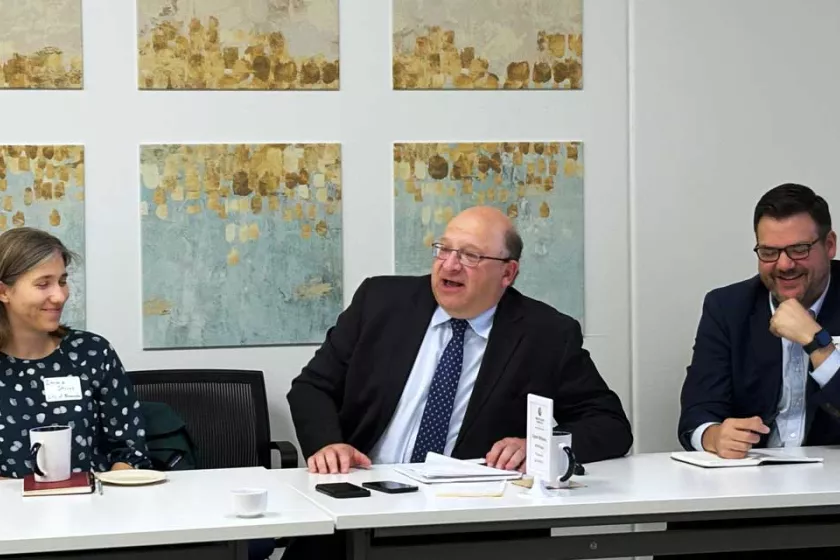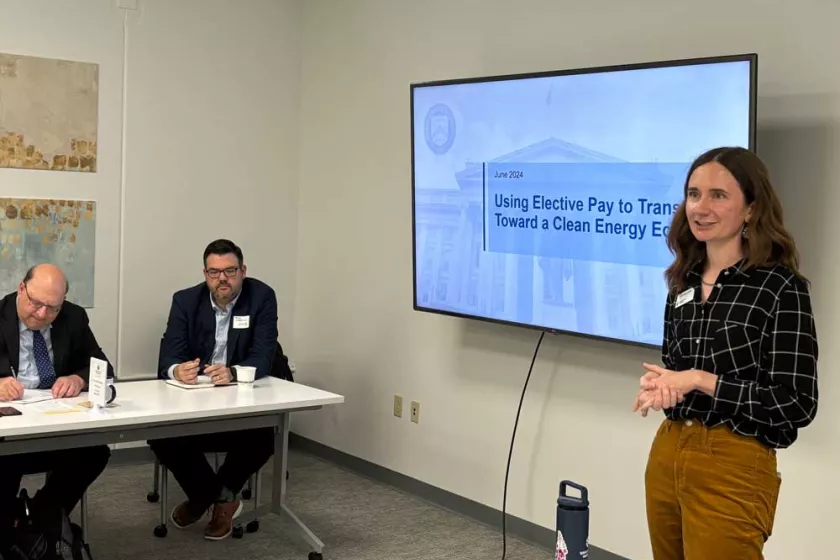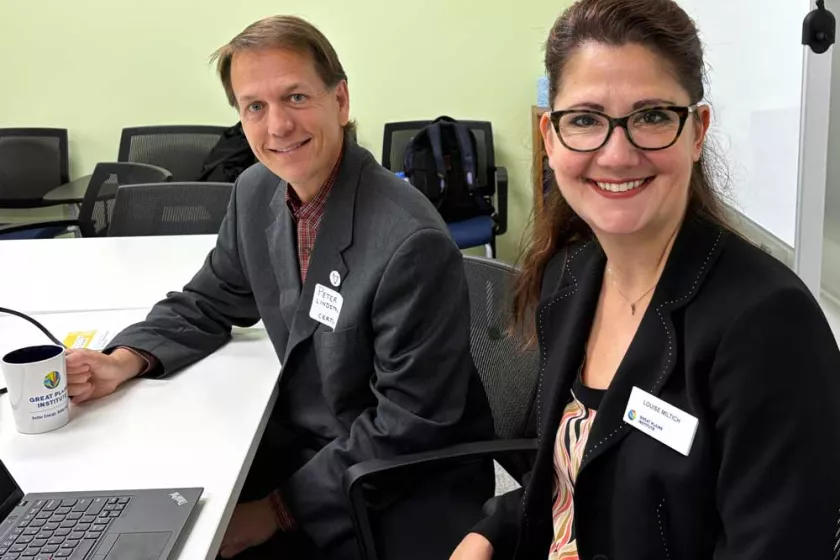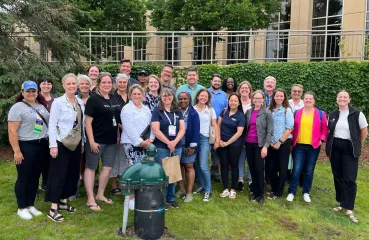When Minnesota school officials and local government leaders call for advice on clean energy, Peter Lindstrom is always there to answer the call. Whether it’s a solar-powered middle school or an energy-efficient Zamboni, he’s seen it all.
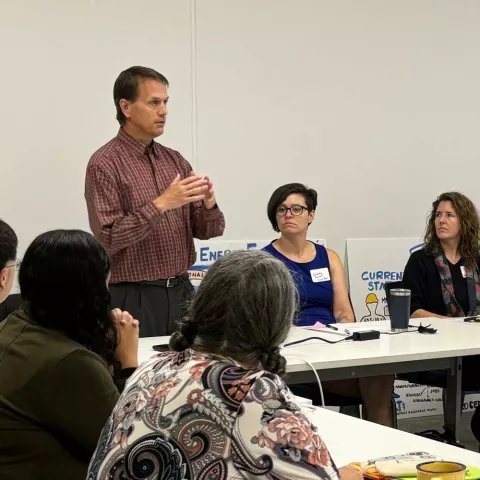 As the Clean Energy Resource Teams (CERTs) Manager of Public Sector and Community Engagement, Lindstrom has spent years educating and working alongside Minnesota’s cities, counties, townships, and school districts to help them achieve their clean energy goals. He’s witnessed countless successes and plenty of roadblocks. Including an outdated federal tax credit system that has long created serious barriers for cities and schools trying to invest in greener options.
As the Clean Energy Resource Teams (CERTs) Manager of Public Sector and Community Engagement, Lindstrom has spent years educating and working alongside Minnesota’s cities, counties, townships, and school districts to help them achieve their clean energy goals. He’s witnessed countless successes and plenty of roadblocks. Including an outdated federal tax credit system that has long created serious barriers for cities and schools trying to invest in greener options.
“For decades there has been a federal tax credit for individuals and businesses that want to utilize renewable energy,” says Lindstrom. “But cities, counties, schools, nonprofits, they don't pay taxes, so they don't get a tax credit. Whenever they’ve wanted to do a renewable energy project, they’ve had to pay full freight.”
Now the landscape of Lindstrom’s work has finally changed. Thanks to advancements under the federal Inflation Reduction Act, local governments and other non-taxpaying entities can apply for what is known as “elective pay,” (formerly referred to as “direct pay.”) This new mechanism allows certain entities to receive a payment from the federal government investments in clean energy projects, including solar, geothermal, electric vehicles, and electric vehicle charging infrastructure.

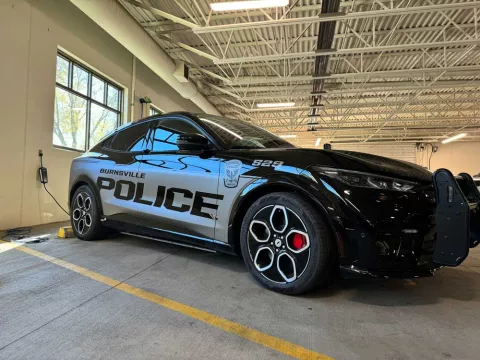 in a new police community-liaison vehicle, the force worked with the Public Works team to find something economical and electric. Together they settled on an electric Ford Mustang Mach-E. The choice was an exciting move for the south metro suburb, particularly with the recent rollout of the federal elective pay program.
in a new police community-liaison vehicle, the force worked with the Public Works team to find something economical and electric. Together they settled on an electric Ford Mustang Mach-E. The choice was an exciting move for the south metro suburb, particularly with the recent rollout of the federal elective pay program.